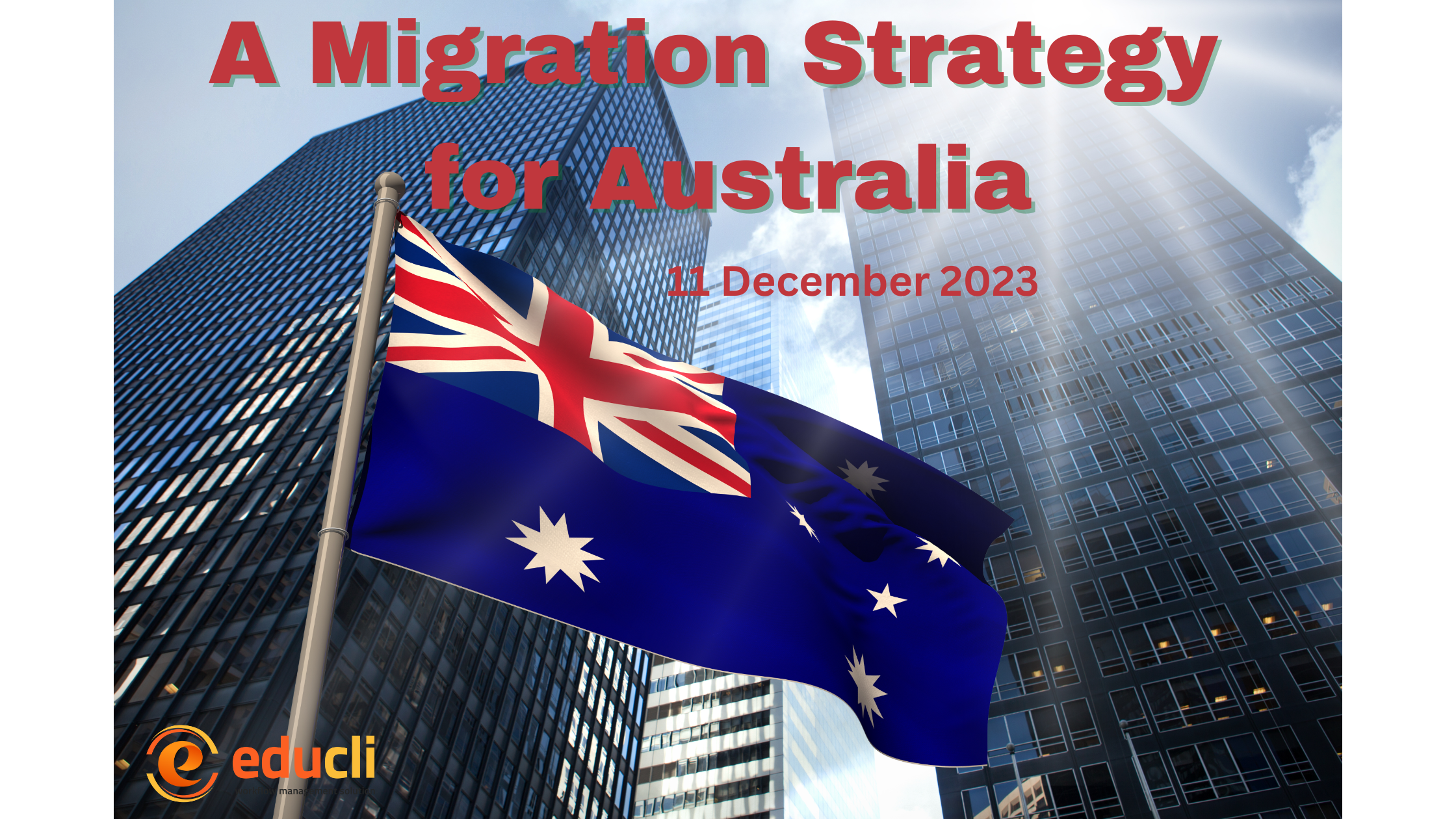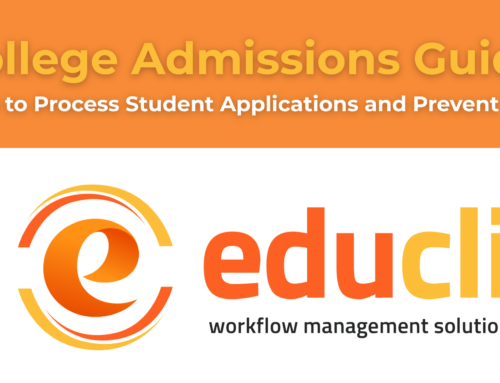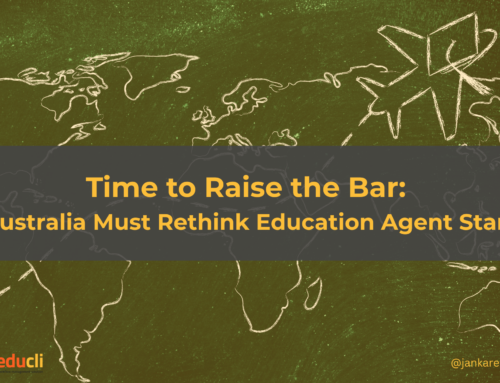A significant turning point in Australia’s approach to migration and international education has occurred with the recent unveiling of the country’s comprehensive Migration Strategy plan. With a detailed report that is one hundred pages long, an action plan that is five pages long, and an overview that is three pages long, this strategy brings about significant changes, particularly in the field of international education, which is one of the eight critical focus areas that it addresses.
The entire set of review papers is available for download here.
Key Developments in International Education:
A number of measures have been implemented by the government in order to strengthen the international education system, with a particular emphasis on providing support for genuine international students. This includes closing loopholes that gave students the opportunity to prioritize work over schoolwork in the past, increasing the amount of savings required for student visas, and providing significant funding to the national vocational education and training (VET) regulator, ASQA.
Raising English Language Requirements:
Starting in early 2024, the government will implement higher IELTS score requirements for various visas. This measure aims to improve students’ educational experiences and reduce workplace exploitation. The changes in reporting requirements for education providers in relation to English language levels are yet to be determined.
- the test score required for a Temporary Graduate visa will increase from an International English Language Testing System (IELTS) score (or equivalent) of 6.0 to 6.5
- the test score required for a Student visa will increase from IELTS (or equivalent) 5.5 to 6.0 – the test score required for students undertaking an English Language Intensive Course for Overseas Students (ELICOS) before their main course of study will increase from IELTS (or equivalent) 4.5 to 5.0
- the test score required for students undertaking university foundation or pathway programs that deliver reputable English language training will be IELTS (or equivalent) 5.5. This will deliver a range of benefits to the international education sector, the migration system, the labour market and students themselves, including:
- improving the quality of their educational experience
- increasing the outcomes of international students in the labour market
- strengthening the integrity and reputation of the international education sector
- reducing the workplace exploitation of international students.
Intensified Scrutiny of Student Visa Applications:
The introduction of a new “Genuine Student Test” aims to prioritize applications from students genuinely focused on education over those with primary work motives.
While the criteria for the Genuine Student test are yet to be released (and will be clarified in a Ministerial Direction early in 2024) and the test will apply to both higher education and VET students, it is in the VET sector where it will have its biggest impact.
One of the most significant changes that the Genuine Student Test will bring about is a focus on the value of the student’s qualifications in relation to their future career goals. That means the Department of Home Affairs is assessing what the student will earn on their return to their home country.
Even though graduates of Australian higher education institutions typically receive a wage premium when they return to their home countries, this is not the case for many vocational education and training qualifications. This is one of the reasons why there is a relatively low level of offshore vocational education and training delivery (pertaining to full VET qualifications). Despite the fact that many nations in Asia, South America, and Africa are beginning to acknowledge the significance of vocational education and training (VET) and are in the process of developing their own VET systems, the majority of VET graduates in these regions do not earn a significant wage premium as a result of their studies. Furthermore, the significantly higher cost of studying in Australia makes the financial returns even less certain.
Although it is possible that these students will not be able to demonstrate that their studies have resulted in an increase in their wages when they return home, Australia is in need of their skills, and as a result, their studies may be considered genuine, although this may not be the case for all occupations that are currently experiencing a shortage. The modifications that are being contemplated in the Migration Strategy in relation to a new visa pathway known as “Essential Skills” in order to entice workers for the elderly and disabled care sectors
Strengthening the Student Visa Integrity Unit:
It is anticipated that the capabilities of the unit to identify and address instances of misuse of student visas will be improved with an investment of $19 million. Higher education students who, after completing their studies at a higher education institution and/or when their post-study work visa expires, go on to study a relatively inexpensive vocational education and training qualification that is frequently unrelated to their degree are the explicit focus of the reforms. The vast majority of these students will not be able to pass the new Genuine Student test.
However, the test is also likely to create difficulties for providers of vocational education and training (VET), whose business model is centered on providing more educational opportunities to VET graduates after they have completed their initial qualification. If the subsequent qualification does not have a direct connection to the student’s career goals and does not make sense in terms of the amount of money they will earn when they return to their home country, then these students are also likely to fail the Genuine Student test.
Providers with a higher risk
Beginning immediately, the processing time for student visa applications submitted for providers who have been rated as having a higher immigration risk assessment will be considerably longer. As announced in the strategy, the government will hire new staff to process and scrutinise visa applications, which means a lot of new immigration officials with a lot to learn and hence even greater delays on visa processing for higher-risk providers.
According to previous reports from Educli, a number of providers have recently experienced unexpected visa rejections (likely as a result of officials knowing the changes to the Genuine Student Test were coming and starting to ask questions they hadn’t previously). It is well known that these unexpected visa rejections have had an impact on some reliable providers, including some TAFE institutes, which will ultimately lead to a higher risk rating.
Education agents
Along with VET providers, the government indicates it will explore increased regulation of agents through an expansion of the Office of the Migration Agents Registration Authority. Increased monitoring of vocational education and training (VET) providers and agents should “put downward pressure on migration levels as fewer non-genuine students arrive and fewer non-genuine providers recruit students.”
In order to implement the policy, Australia’s education department plans to amend the fit and proper provider test in the Education Services for Overseas Students Act 2000 (ESOS Act), which gives the regulators, ASQA and TEQSA, power to assess an individual or company’s ability to run an institution.
Troy Williams, CEO of ITECA, which represents private colleges, said while the group “broadly” welcomed the reforms, there are “numerous issues to work through” to ensure “legitimate business practices are not unintentionally captured by a new definition, particularly where a registered provider also delivers education services to domestic students.”
Williams added that an enhanced fit and proper test must apply to all registered providers, both public and private. He said it would be “unacceptable to both students and the broader community if the Australian government was to exempt public providers”.
It is noted that some universities have strong ties to international student agents and also have a stake in one of the largest agents, and thus those ties need to be tested in the context of what the Australian government is planning.
Temporary Graduate Visas
Former holders of student visas are eligible for graduate visas. After completing their studies in Australia, international students can utilize the visa to gain work experience in the country’s labor market. It grants them full work rights.
According to the Migration Review, one of the biggest groups of migrants classified as “permanently temporary” consists of people who were once students. Additionally, the review demonstrated that more than half of the temporary graduate visa holders are employed in low-skilled positions and are failing to accumulate the required amount of skilled work experience to qualify for a skilled permanent visa. The result is that nearly 19,000 people, including students and recent graduates, have remained onshore for nine years or longer. These migrants cannot fully establish a life in Australia and face barriers in the labour market based on their temporary status.
In response to the Migration Review‘s recommendations for reform, the government is enforcing graduate visas more strictly to prevent recent college graduates from becoming “permanently temporary” and to increase employment opportunities for people with their level of education and experience. After the review concluded that extending a graduate visa does not help graduates advance in their careers, the government is changing the duration and requirements for post-study work rights. With these adjustments, recent graduates will have more time to prove themselves in the skilled labor market and launch successful careers, while those with less promising futures will have to settle for less favorable conditions.
Instead of needing a two-year extension depending on their qualification, graduates working in skilled jobs in the labor market will be able to apply for the new Skills in Demand visa or a permanent skilled visa. This aligns the graduate visa settings of Australia with the majority of similar countries. These alterations will be in line with Australia’s commitments under trade agreements, as the government will make sure of that. The government is working to streamline the process of applying for graduate visas and make it easier for applicants. They are also taking steps to make the changeover from student to graduate visas faster. To provide employers with greater assurance regarding a graduate’s continuing employment rights and pathways to permanent residency, the government is also enhancing the pathway from graduate visas to temporary skilled visas.
Graduates with fewer opportunities for permanent residency will leave the nation as a result of the significant changes to graduate visas, which will reduce migration levels.
Support international students and graduates to realise their potential
According to the Migration Review, industries that invest heavily in entry-level programs, WIL, internships, and work experience tend to have better employment outcomes overall for graduates. Still, a lot of recent foreign graduates are not making the most of their degree and experience in the workforce. If international students’ eligibility for permanent residence is to be based on their ability to succeed in the Australian labor market, it is essential that they receive enhanced assistance in utilizing their qualifications to find suitable employment after graduation. Crucial are connections to professional networks and prior work experience in the area. Increased work-integrated learning (such as professional workplace placements or industry-partnered projects) into tertiary courses will be facilitated by the government in collaboration with education providers, unions, businesses, and other stakeholders to better prepare students for skilled workforces in Australia.
There are also limited options for overseas students seeking a trade qualification in Australia to participate in an apprenticeship while on a student visa. To help meet our future economic demands, the government will investigate these obstacles thoroughly and look into alternative ways to assist graduates with high levels of skill who are in demand, such as by revising the temporary graduate visa program’s vocational stream. The government has funded a study to examine the effects of international students and their routes into the workforce. The study will involve extensive consultation with employers, unions, and training and education providers.
What is next?
In order to keep Australia competitive and honest on the global stage, this Migration Review is a big deal because it means that the country’s migration and education policies will be more in line with what the country needs. However, more changes are anticipated, particularly impacting the private international VET sector.
It is essential that those involved in higher education and vocational education and training (VET) keep themselves informed and make necessary adjustments as these changes take place.
Contact us if you require any further information, or subscribe to our newsletter for ongoing updates.





Leave A Comment